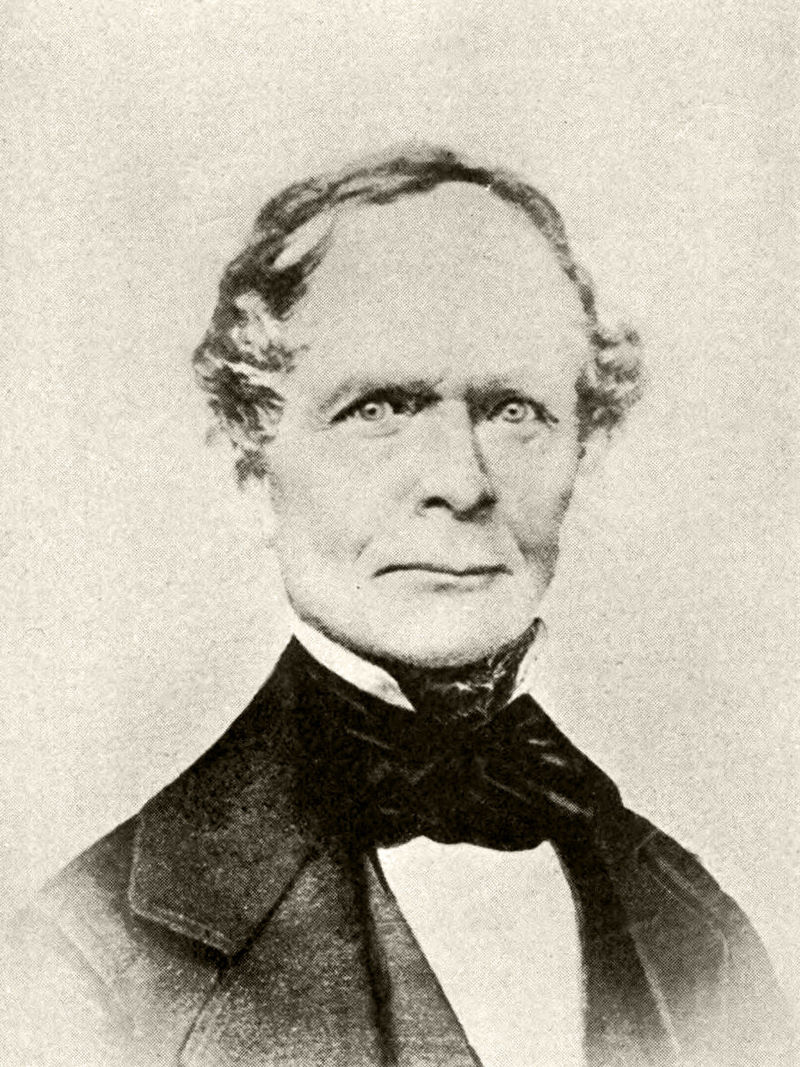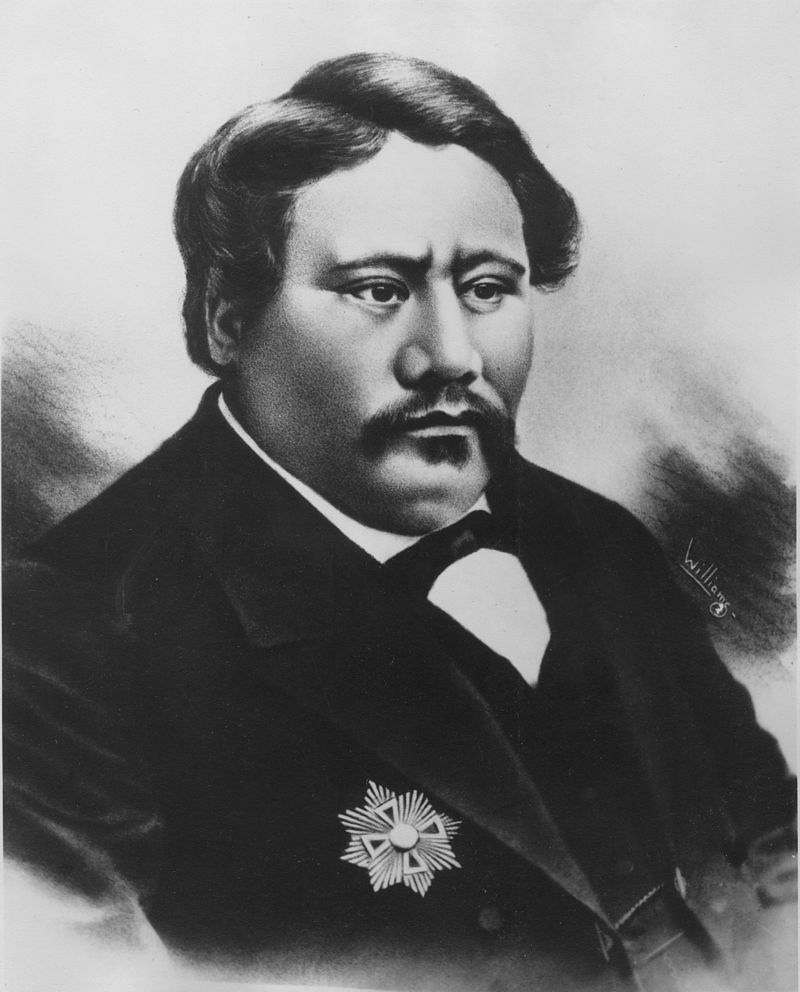It used to be thought that Molokaʻi was first settled around AD 650 by indigenous peoples from the Marquesas Islands. However, a 2010 study using revised, high-precision radiocarbon dating based on more reliable samples has established that the period of eastern Polynesian colonization of the Marquesas Islands took place much later in a shorter time frame. That time frame consists of two waves: the earliest in the Society Islands c. 1025–1120, four centuries later than previously assumed; then after 70–265 years, dispersal continued in one major pulse to all remaining islands c. 1190–1290. Later migrants likely came from Tahiti and other south Pacific islands. Although Captain James Cook recorded sighting Molokaʻi in 1778, the first European sailor to visit the island was Captain George Dixon of the British Royal Navy in 1786. The first significant European influence came in 1832 when a Protestant mission was established at Kaluaʻaha on the East End of the island by Reverend Harvey Hitchcock. In the late 1800s, King Kamehameha V built a vacation home in Kaunakakai and ordered the planting of over 1,000 coconut trees in Kapuaiwa Coconut Grove.
Leprosy (later known as Hansen’s disease) was among Eurasian diseases introduced to the Hawaiʻian islands by traders, sailors, workers and others who lived in societies where these diseases were endemic. Because of the islanders’ lack of immunity to these new diseases, they suffered high rates of infection and death. Sugar plantation owners were worried about the effects on their labor force and pressured the government to take action to control the spread of leprosy. The legislature passed a control act requiring quarantine of people with leprosy. This was done by establishing the colony of Kalawao located on the isolated Kalaupapa peninsula on the northern side of Molokaʻi, followed by Kalaupapa. These “leper” colonies operated from 1866 to 1969. Because Kalaupapa had a better climate and sea access, it developed as the main community. On the flip side, a research hospital was developed at Kalawao. The population of these settlements reached a peak of 1100 shortly after the turn of the 20th century.
In total over the decades, more than 8500 men, women and children living throughout the Hawaiian islands were diagnosed with leprosy and exiled to the colonies by the Hawaiian government and legally declared dead. This public health measure was continued after the Kingdom became a U.S. territory. Patients were not allowed to leave the settlement nor have visitors and had to live out the rest of their days there. In the 21st century, there are no persons on the island with active cases of leprosy, which has been controlled through medication, but some former patients chose to continue to live in the settlement after its official closure.



